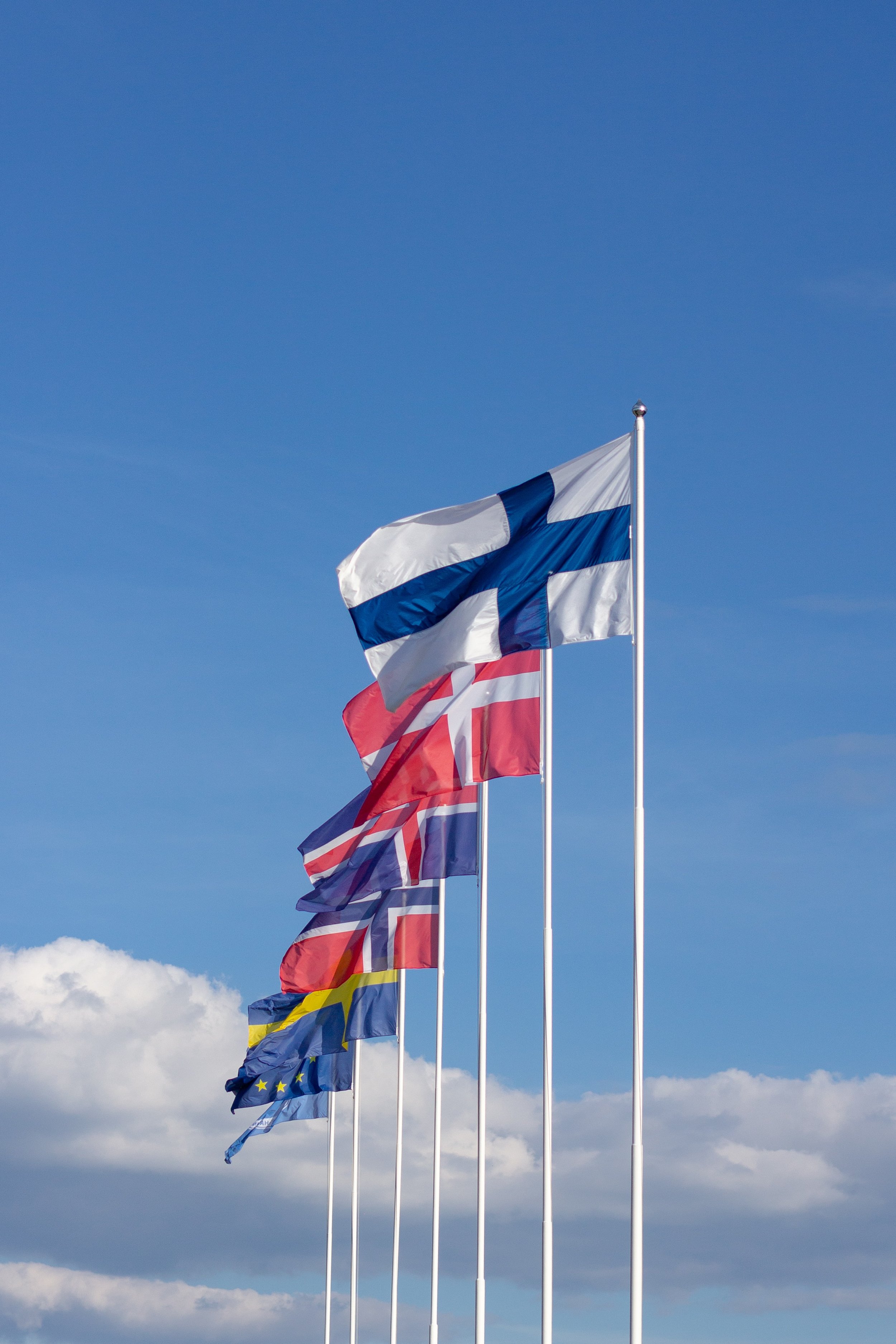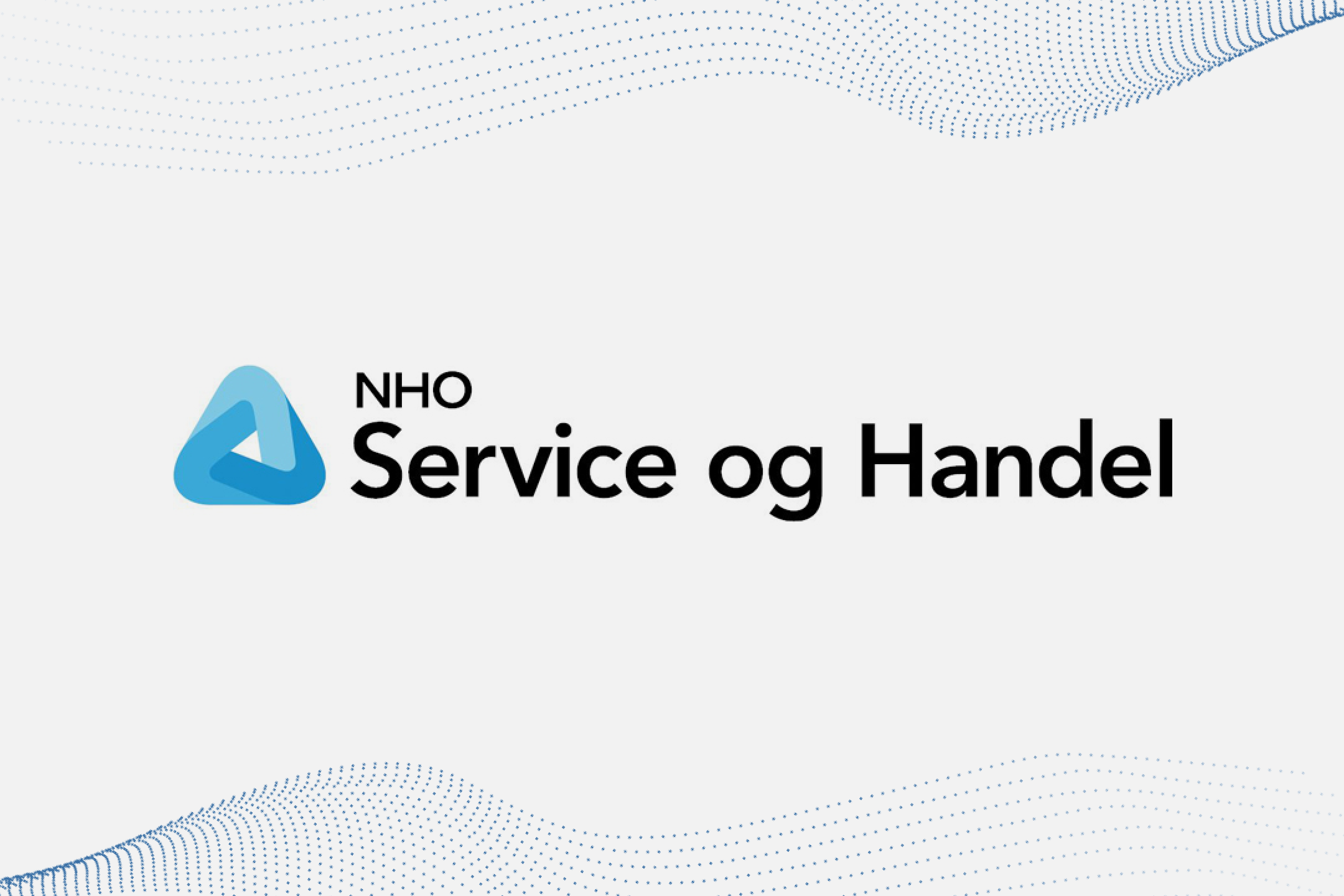Nordic co-operation has a vital role to play in the circular transition
Niina Aagaard, COO at Nordic Innovation, believes that Nordic co-operation has a vital role to play in the circular transition by engaging relevant stakeholders in the different countries. But the clock is ticking. “We need less talk, more action,” she said in the interview with Mandag Morgen prior to the Nordic Circular Summit.
Why and in what way is the circular economy important?
The circular economy is a means to an end – it is a way of implementing the Nordic Council of Ministers’ Vision 2030. Circularity is a strategy for a green and competitive Nordic Region. From a green point of view, a circular economy is necessary to build a sustainable economy and cut emissions. From a competitive point of view, businesses need to adopt the logic of the circular economy to be competitive in a global market. Big investors are already prioritising sustainability criteria, and many companies and consumers expect suppliers to comply with them. As far as long-term survival on the market is concerned, the message is “Go green or go home”.
What are the key issues when talking about the circular economy?
From a Nordic perspective, two issues stand out when it comes to working towards a circular economy. The first is competencies – having the right ones in all sectors of government and business for the transition to succeed. For example, in the public sector, it is essential to have the right competencies to make the transition to green public procurement, despite the concept not yet being fully embraced by all local authorities in the Nordic Region. Another vital issue is the need to work together. Now, more than ever, this means multiple stakeholders working across national borders. Fortunately, the Nordic countries and sectors already complement each other, so the foundations have already been laid.
Will there be losers and winners in the transition to a circular economy?
Competencies are not only the key to the transition but also to it being fair and equitable, which requires upskilling and reskilling to create new opportunities for people and take jobs in the circular economy. However, I would like to stress that without the transition we might lose more jobs and see more losers in our economies as the circular becomes the new market norm. In other words, businesses that fail to adapt might not survive.
What are the obstacles to the transition?
My main concern is timing. There is a sense of urgency, and I’m not sure we are moving fast enough to avoid the worst effects of climate change. On the other hand, economic transitions don’t happen overnight. Competences are important but developing them takes time. Doing something is better than doing nothing. We just need to adapt as we go and keep finding new and sustainable approaches for our economies.
What role will the different actors – politicians, government agencies and businesses – play in the transition to a circular economy?
Politicians will need to come up with a regulatory framework. In this regard, we are lucky in the Nordic Region, as we already have solid foundations for effective policy making, regulation and implementation. Crucially, politicians also need to be proactive and bring everyone on board with the circular economy agenda by establishing that we are all in this together. Government agencies need to speed up the introduction of green public procurement. We need to set targets and measure progress. As things stand, most organisations have limited capacity. We need to accelerate this agenda, as the big Nordic public sectors can play a vital role in creating viable markets in which circular businesses can thrive. Businesses– especially the bigger companies – need to drive the change, while smaller companies and start-ups generate new ideas and approaches.
What value does Nordic co-operation add, and how will it help make the economy fully circular by 2050?
Nordic co-operation has massive potential in terms of cross-border partnerships for the circular economy, showcasing and generating new ideas, creating meeting places, joining forces and testing approaches in a new way and on a scale that cannot be achieved at national level. In addition, the way Nordic co-operation is organised prioritises action over talk.
What is your message to the participants in the Nordic Circular Summit?
That we are all in this together and can derive a great deal of inspiration and support from each other. The transition to a circular economy is something everyone will have to relate to, and most of the participants in this summit are at the forefront of this process. So the summit is not just a meeting place but part of the solution, a forum to learn from each other, derive inspiration and perhaps even meet new strategic partners.
What do you hope to learn from the other participants?
I always find it humbling to hear how businesses and organisations work on new solutions and hope for more of that at the summit. I want to see solutions and new ideas, learn about Nordic success stories and identify a way forward for the transition to a circular economy.
Niina Aagaard recently spoke at the Nordic Circular Summit 2021 (November 23 - 26, 2021). The Nordic Circular Summit, co-hosted by the Nordic Circular Hotspot and Nordic Innovation, is a four-day virtual summit bringing together leaders of society, business and government to discuss opportunities, barriers and promising practices in circular innovation and how to transition the Nordic region into a circular economy. The 2021 summit had a particular focus on youth leadership and culture in partnership with the youth movement ReGeneration 2030 Foundation and the CATALY(C)ST project.












